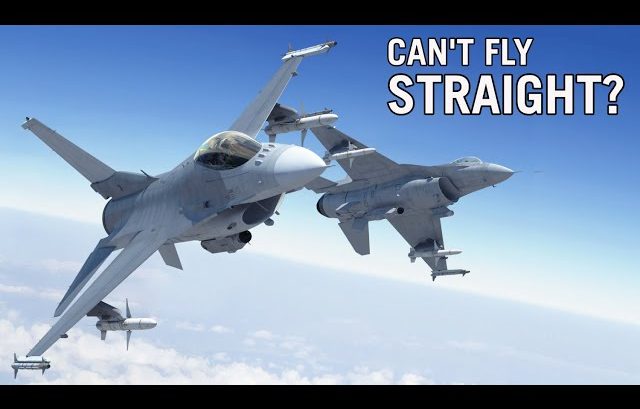The F-16 was an aircraft that was designed to be unstable. But why would the USAF intentionally design and build a fighter jet like this?
The Harsh Truth
During the Vietnam War, the US realized that their fighter jets couldn’t win dogfights. American fighter jets were either too big, too heavy, or not too agile.
The Idea of an Unstable Design
The recipe for beating Soviet fighter jets came from a small group of engineers and defense analysts known as the Lightweight Fighter Mafia.
Their solution was trading excess weight and heavy payloads for speed and maneuverability, building a fighter that can fly fast and turn so quickly that enemy planes couldn’t strike it with missiles or machine guns.
Badass Plane
The F-16 was notably smaller than previous jets and only had one engine. While the older planes were aerodynamically stable, the F-16’s engineers made the airplane unstable.
Two Sides of the Same Coin
Instability was actually the feature of the aircraft. Stability and maneuverability are two sides of the same coin. To make the plane more maneuverable, it had to be made less stable.
The Science Behind
To make the F-16 more maneuverable, its center of gravity was moved backward. Its wings were made smaller and highly swept to reduce drag. This plane also integrated the concept of “relaxed/ negative stability”- a tendency to change pitch and bank angle spontaneously. The result? A highly maneuverable airplane.
To make the plane flyable, they placed a computer in charge of the fly-by-wire system- making those little, yet constant adjustments.



